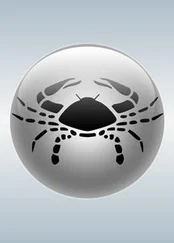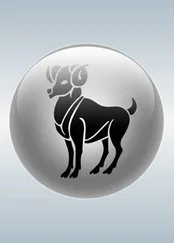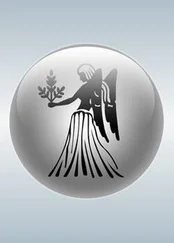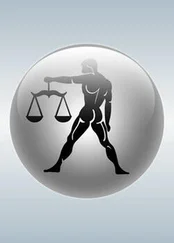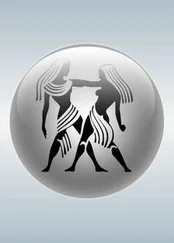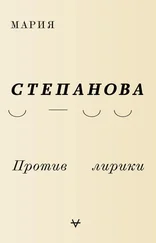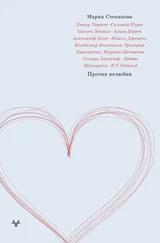Only now do I notice that every one of these people at some point lifts his or her eyes and looks into the camera, looks at me, at us, and this is one of the extraordinary things about this film: that gaze into the lens never finds its addressee. And this to such an extent that in ten or twelve viewings I have never been aware of meeting any eye: meetings have been replaced by nonmeetings, which may be more important. The people and objects depicted radiate the unbroken peace of a memorial and that makes this fifteen-minute film persuasive: where else (or where still) do they not know about suffering, where still (or where else) is there no place for it? The gaze stares out and through me, without leaving any trace or impression. It has no direction, no aim, no addressee, it is as if a landscape lies before this gaze and it can be entered and exited at will. In the lens’s eye, all causal relationships are gone: they lie beyond judgment or interpretation. Every time I watch it the order of the episodes seems to change, as if they had been given permission to stand up and wander at will.
This is the great gift: to explain nothing, to imply nothing; a woman in polished boots riding a horse, perhaps through the Bois de Boulogne, she’s in a hurry, she lights a cigarette, she poses, she lowers her new jacket with a languid gesture, she likes that jacket, she smiles as a person might smile when someone else is gazing at them appraisingly. In the film’s space she is free of all appraisal, like an animal in a zoo — what is the point in comparing a lion with a toucan, or a walrus with a bear, or me with not-me?
*
The Russian poet Mikhail Kuzmin has a short story about an English governess who lived in Russia. She hadn’t heard from her brother for a while, and when the First World War started she went to the cinema to watch the news, short reports on how conscripts in uniform were being sent off to the front, and she sat running her eyes over the lines of troops, their faces and sleeves, hoping for the unthinkable. And her faith triumphed — she recognized her brother. The miracle happened. But just like the oldest stories, she didn’t recognize him by his face but by what made him stand out from all the others: a hole in his trousers. I think this may be one of the very first texts of the century in which people find each other through loss and damage: holes, rents in the fabric, participants in a common fate.
There is too much past, and everyone knows it: the excess (which is continually being compared to a flood) oppresses, the force of its surge crashes against the bulwark of any amount of consciousness, it is beyond control and beyond description. So it is driven between banks, simplified, straightened out, chased still-living into the channels of narrative. The quantity and variety of sources , those babbling rivulets to the left and right, bring on a strange queasy feeling, rather like the perplexed anxiety a city dweller has when confronted by nature in its rawest state, free of its straitjacket.
Unlike nature, past lives are endlessly submissive, allowing us to do whatever we may decide to do with them. They reject no interpretation, endure any amount of humiliation, exist outside the rule of law or any notion of fair play. Culture treats the past as a state treats its mineral wealth, mining it for all its worth; this parasitical relationship with the dead is a profitable industry.
The dead agree to everything we do with them, and with such compliance that it provokes the living to do ever more. There is something horrible about the new fashion of purses and notepads decorated with faces staring out from old photographs, whose names and fates are long lost. And there is something offensive about the way “authentic lives” are sent to stroll the pleasure grounds of historical romances, as if the text would be lifeless without a drop of real blood in the mixture. These are all manifestations of some strange perversion, which leads only to the dehumanization of our own ancestors. We attribute our own weaknesses and passions to them, our amusements, our optical instruments, pushing them slowly out of the world, dressing up in their clothes as if they’d been made for us.
The past lies before us, like a huge planet waiting to be colonized: first the raiding parties, and then the slow modification process. It looks like all culture has been mobilized to preserve the little that remains; any effort at memorialization is an excuse for complacency. More and more silences rise up out of the abyss, people forgotten by their own time and discovered like islands: pioneers of street photography, music hall singers, war journalists. How easy it is to be thrilled by the jubilation, the opening of the stores where you can purchase any colonial souvenir from the past and interpret it as you see fit, without even considering what the mask or the rattle meant in its own time and place. The present is so certain that it owns the past, just as once “both th’Indias” were owned. The present knows as much about the past, as Donne did “th’India,” and barely notices the ghosts that float back and forth, ignoring state boundaries.
*
Walking through the Jewish cemetery in Würzburg where my mother is buried, past the gray backs of tombstones and glancing about as I walk, I start to remember her neighbors, those lying beside her, by the emblems which are hidden in their names: rose wood and rose hills, stars, deer, people of love, freedom, Würzburg’s men and women, Swabians, the lonely Miron Isaakovich Sosnovich (the totemic tree of his name — sosna is Russian for pine tree — goes unheard in these parts) from Baku (but born in Białystok, the tombstone adds helpfully), those killed in the First World War, those killed in Theresienstadt, those who died in good time, that is, before anything happened, in 1920, 1880, 1846. They have become my family, because we share the same ground, but their emblem-names are all I know about these new relatives.
There is a room in the Berlin Jewish Museum put aside for what is called family histories: children’s photos, the teacups and violins of those who didn’t manage to escape. On a screen facing me a homemade cinefilm plays on a loop, the sort of thing that everyone produced in the age of early home video, but back then a cinecamera was a signifier of wealth, along with ski lifts and summer evenings at the dacha.
In this film, as in Diversions , the foreign past is given the freedom to speak about what was, and to remain silent about how it ended. In this case we know a few of the circumstances, and we have an eye to the likely outcome. One jolting characteristic of film is very clear: unlike an old text, which goes to lengths to underline and shade in the differences between then and now, video insists on similarities, on the joined-upness of time, on how there is no difference between then and now. Streetcars and trains still clatter past, the S-Bahn above ground, the U-Bahn below, women lean over cots and coo. No hesitations, no moments of awkwardness: someone simply disappears from the frame, and that is all.
And then there is all of this : a dog bounding joyfully in a heap of snow; the dog’s cheery owners, their ski trousers bobbled with snow; an unsuccessful attempt to negotiate the nursery slopes without falling; skis going their separate ways; barn doors, the family porch and the tiled roof of another house, a child, waving its arms from an old-fashioned deep pram, a Sunday morning street, looking much like a street today, filled with people in their Sunday best, cloaks, nuns; pools or lakes, a rowboat, children growing up in front of us, winter again and long-distance skaters are clearing the ice in front of them. 1933 or 1934, the film is now in reverse and a moon-colored little boy flies up out of the black water back-first onto the planks. When I’d watched the montage to the end I waited for the credits to see the family’s name. Their surname was Ascher. I stood by the screen where once again they were checking their skis, the half-transparent family plumping down in the snow. I know how this story ended. The surname spoke for itself. The daughter (who was in the films) had given the museum these films in 2004, but there was no mention of what had happened to her parents, the boat, or the dog.
Читать дальше



